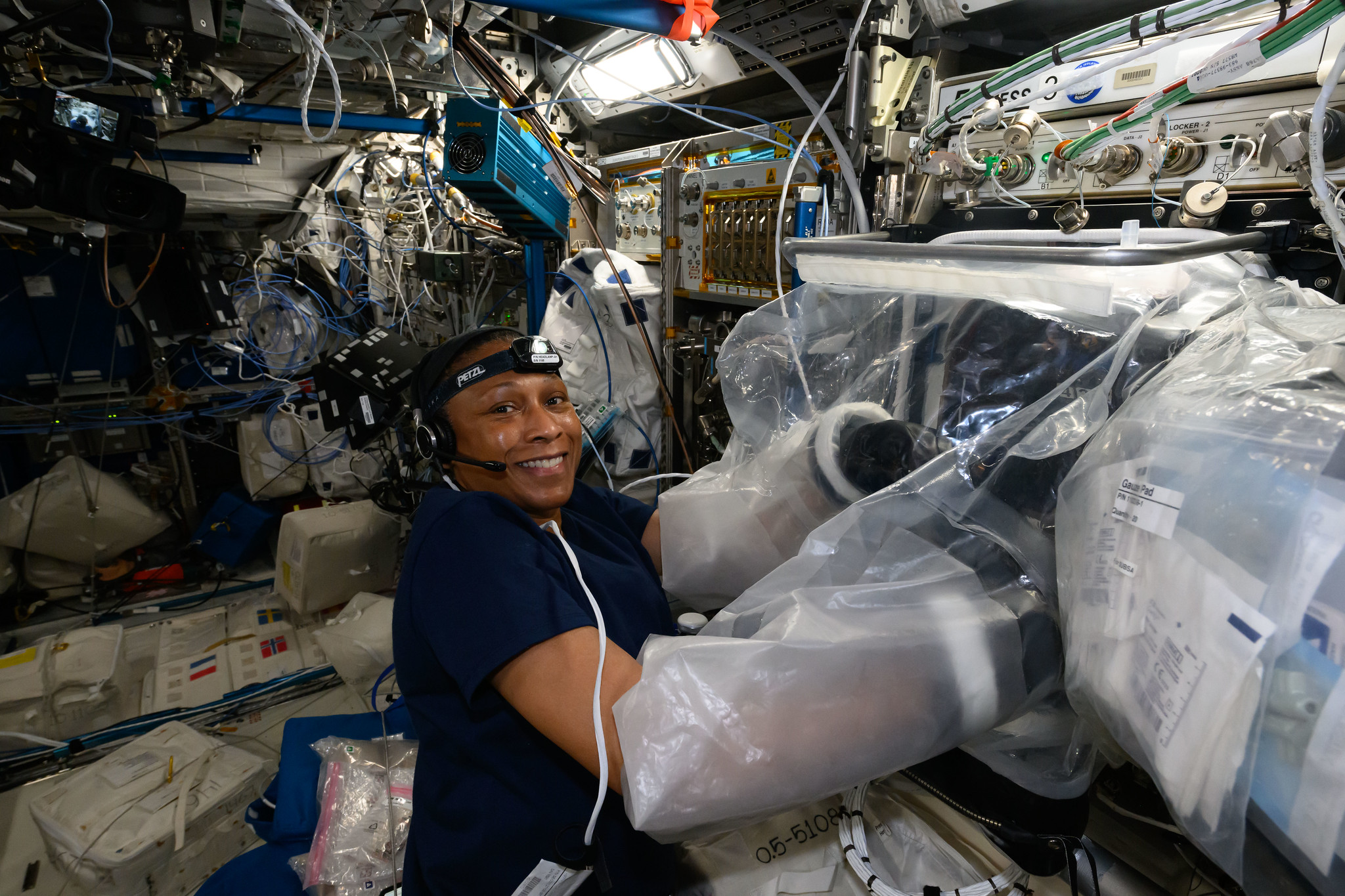Products You May Like
WASHINGTON — NASA is continuing to refine its response to a decadal survey for biological and physical sciences in space, balancing ambitious science goals with limited budgets.
The decadal survey, released in September, identified 11 key science questions in three themes: adapting to space, living and traveling to space, and probing phenomena hidden by gravity or terrestrial limitations. It also identified two specific major research campaigns for NASA to undertake in those research areas.
In a recent interview, Lisa Carnell, director of NASA’s biological and physical sciences (BPS) division, said the agency is working to analyze and respond to the recommendations in the decadal survey. That includes an ongoing “roadmapping” approach to link programs to key science questions.
“That’s going to help us create that strategy behind the content in the decadal that will allow us to advocate more clearly to Congress and to our stakeholders, within NASA and outside of NASA, the rationale of why we’re doing the science we’re doing,” she said.
She noted that ongoing research supported by BPS is already addressing many of the key science questions identified in the decadal survey. “In the near term, those are quick wins, so to speak,” she said. “We’ll continue to build on those.”
It will take longer, Carnell said, for NASA to attempt the two research campaigns recommended by the decadal: Bioregenerative Life Support Systems, or BliSS, and Manufacturing Materials and Processes for Sustainability in Space, or MATRICES. She compared those campaigns, with total costs in the billions of dollars, to flagship missions in other parts of NASA’s Science Mission Directorate.
“I’m trying to find some in-between goals that are steppingstones out to those larger campaigns,” she said.
Those efforts are complicated by NASA’s modest BPS budget of about $85 million per year. One of the major recommendations of the decadal survey was for NASA to increase that budget by a factor of 10, which the report argued would restore funding to historical levels in the 1990s.
“That has garnered the most conversation around the decadal,” she said of that budget recommendation. It comes as NASA overall, and its science directorate specifically, has grappled with budget caps that curtailed plans for spending increases.
Carnell said achieving that goal would require an annual increase in the BPS budget of 30% over the decade. She said she would advocate for budget increases while being “realistic” in expectations of what the division can achieve. “A 10-fold increase is probably very optimistic at best. If we even got half of that it would be a win for BPS.”
That recommendation for a budget increase is still useful, she said, even if it can’t be achieved in the current fiscal environment. “I think setting a substantial goal like that, a 10-fold increase, is fine when you have the science and the data and everything to back up the rationale,” she said. “And they did that. They mapped out the cost of doing these types of missions and campaigns.”
Another challenge for NASA in implementing the decadal is navigating the transition from the International Space Station, where BPS conducts much of its research, to future commercial space stations known at NASA as commercial low Earth orbit destinations, or CLDs. At the same time, the agency wants to ramp up research linked to human missions on the moon and Mars.
“We need to find a balance in our strategy that allows us to maintain that microgravity research while still leaning forward to our exploration goals and objectives,” Carnell said.
She noted that her division is working closely with NASA’s CLD program to ensure that the requirements that program sets for commercial stations support the division’s research priorities. “I think we will be one of the primary users at the very beginning of these platforms.”
The decadal survey suggested that some of the 11 key science questions it identified could be “retired” over the next decade, a point the survey’s co-chairs, Rob Ferl of the University of Florida and Krystyn Van Vliet of Cornell University, made during a presentation about the report to a National Academies committee in March.
That will be tough to do, Carnell said, for reasons beyond budgets alone. “Science really never ends, right?” she said, something the strategy the division is developing to respond to the decadal will attempt to address. “At what point do we feel like we’re sort of done? It doesn’t mean that there’s no more science to do, but, perhaps, investing in future science requires us to start looking at deep space.”
